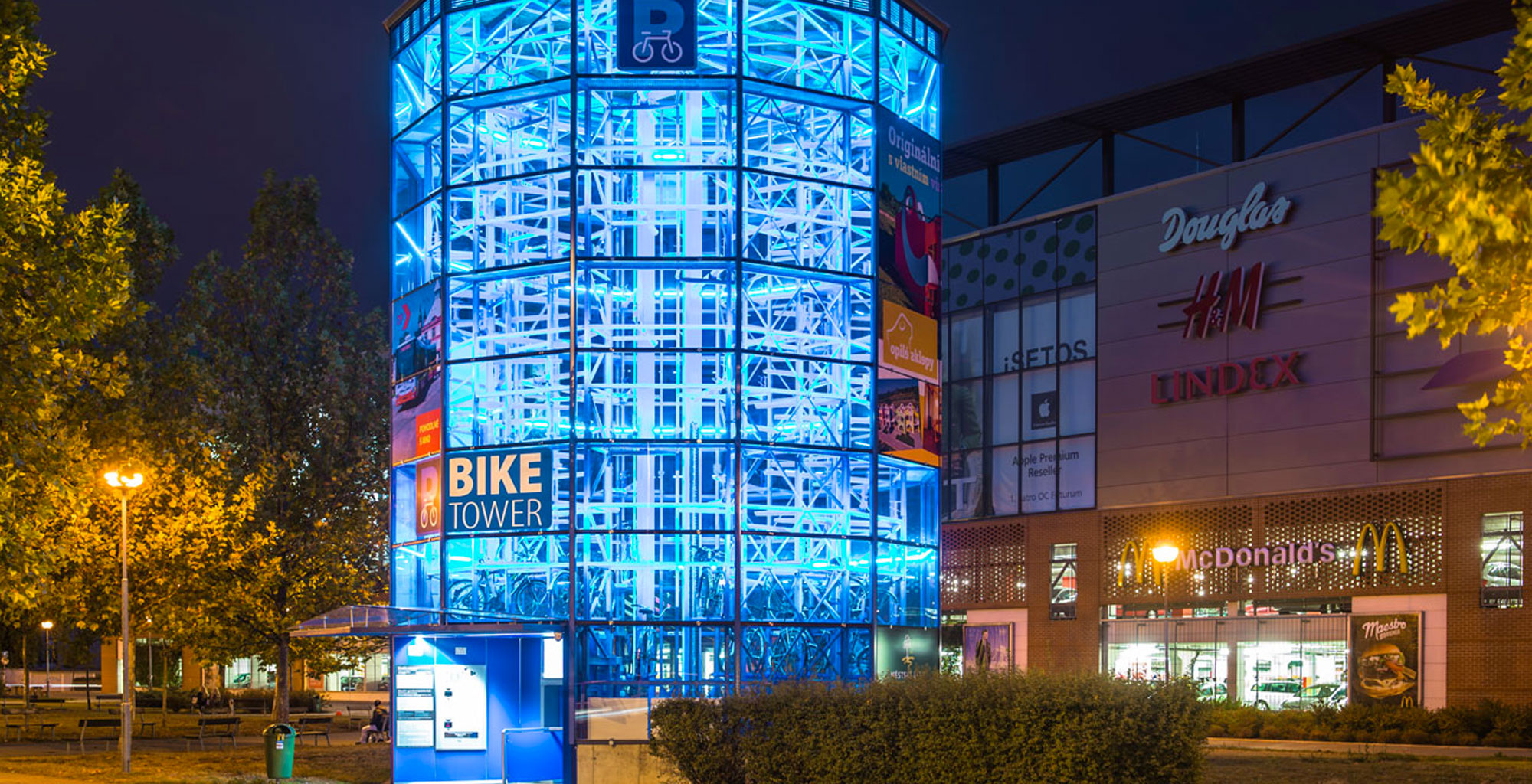
Cycling is the obvious solution to getting our cities back
Looking towards the return to normalcy post-pandemic, there are questions around how we might get our cities back, especially with the use of public transport slated to resume at a diminished rate due to hygiene and crowding concerns.
London is facing similar issues to our major Australian cities and has made a conscious decision to head towards cycling recovery, as a car-based recovery is believed to incur issues with air quality, as well as contributing to further gridlock and vastly increased travel times compared to the months prior to COVID-19.
The city’s decision to go down this path of recovery was also a physical and mental health-led initiative, keeping air cleaner and ensuring the maintenance of safe hygiene practices by reducing touch points.
We can not only follow London’s example, but take a significant leap even further forward by demonstrating to the world the smartest, quickest and safest approach to moving our cities towards a post-COVID normal.
Cycling infrastructure is cheaper and can be completed in months – if not weeks, compared to increasing road access, which takes years to plan, build and roll out. We do not have time on our side and we need to give our cities the best possible chance to allow businesses to survive, regenerate and flourish.
Reducing car activity will lessen the need for parking, thereby allowing for on-street dining, with enough room to socially distance and obtain the high number of diners the hospitality industry needs to reboot our cities’ wonderful café and restaurant culture.

Regardless of when we get through this pandemic, we know social distancing will continue for some time. We have to find a way to enjoy our cities again and with this in mind, cycling is the obvious solution.
Since May, London has added an additional 46km of new or improved cycle routes – by the end of October, it will be around 60km. Prior to this year’s pandemic, London already had air pollution, climate change issues and traffic congestion. Facing similar preexisting concerns, Melbourne has an opportunity to curb these issues before they worsen as we rebound out of COVID-19.
Plans are in place to create even more bike infrastructure in Melbourne. Over the next two years, car parking spaces will be removed across the CBD to make way for 40km of cycling lanes, and the Department of Transport in Victoria has a 10-year plan with its Victorian Cycling Strategy, outlining network improvement plans. Cycling will increase community interaction and cohesion, and the city is prepared to develop the appropriate infrastructure for this to happen.
However, for a holistic solution, we need more than just road infrastructure. Hygienic, safe and reliable end-of-trip facilities are a crucial puzzle piece in cycling’s role in rebuilding the city. As we reduce the amount of inner-city car parking to promote this change to sustainable transport methods, we must also radically improve infrastructure that lends itself to the smart, hygienic and safe storage of bikes at each end of the trip.
Smart Stackers’ Bike Towers is one such solution that can ensure cyclists feel secure at the end of their trip and have the time to enjoy our parks, gardens, cafes, hotels and restaurants again.
Australia has an opportunity here not just to catch up with the rest of the world’s gradual post-COVID recovery, but to be a standard bearer for all. Cycling facilities may only form part of this greater plan, but it’s one part of the strategy that Smart Stackers has worked hard to envision and can implement with little logistical difficulty. We have the power to make our cities liveable again, and Bike Towers are here to help.